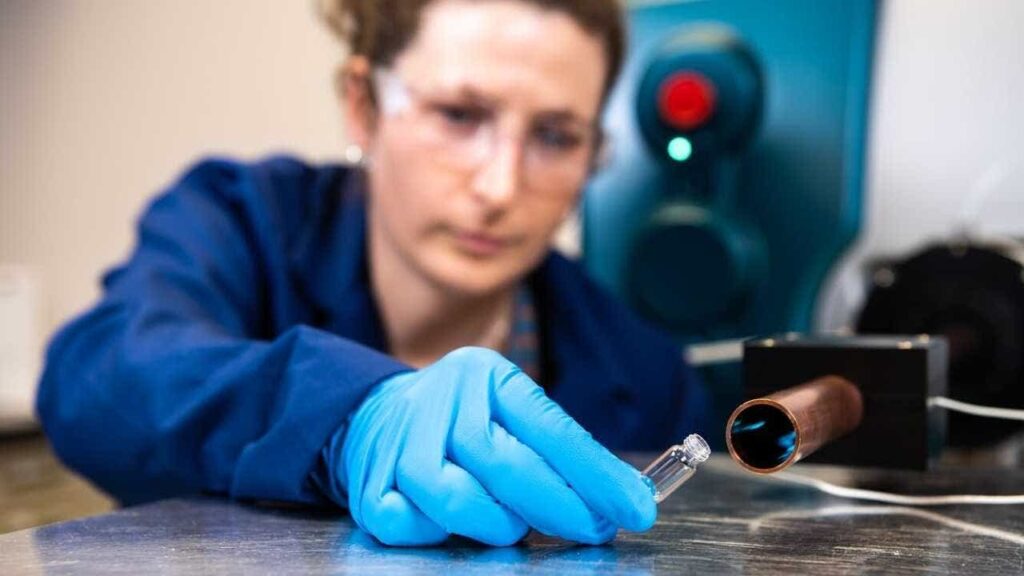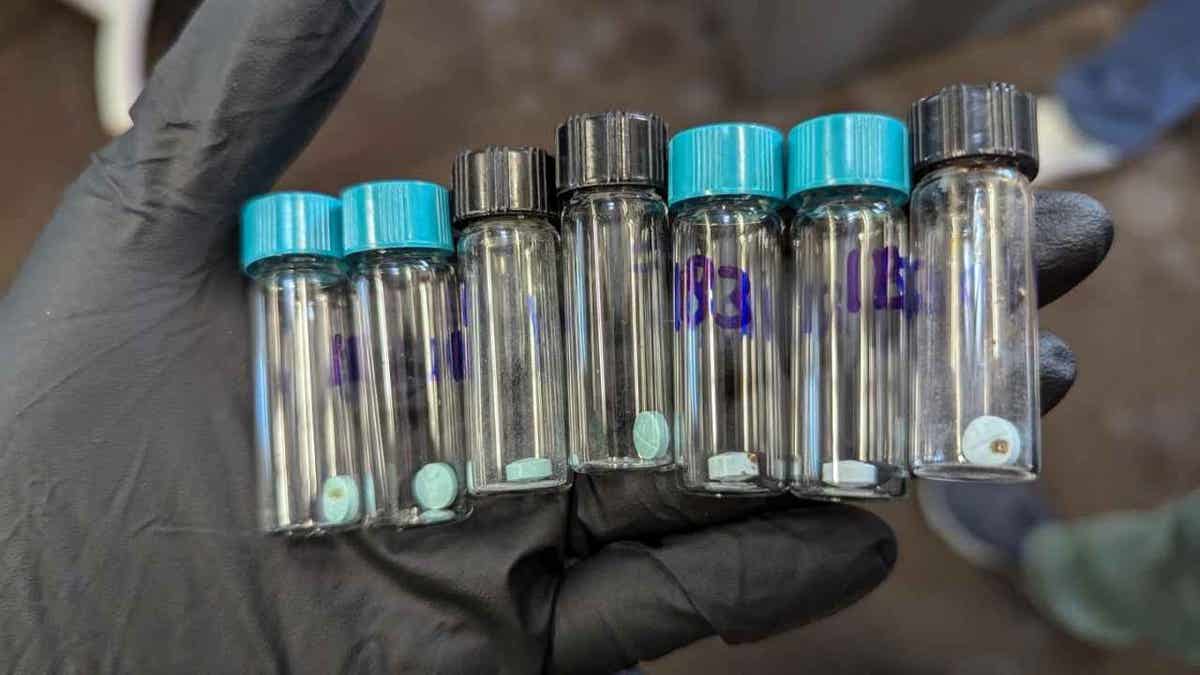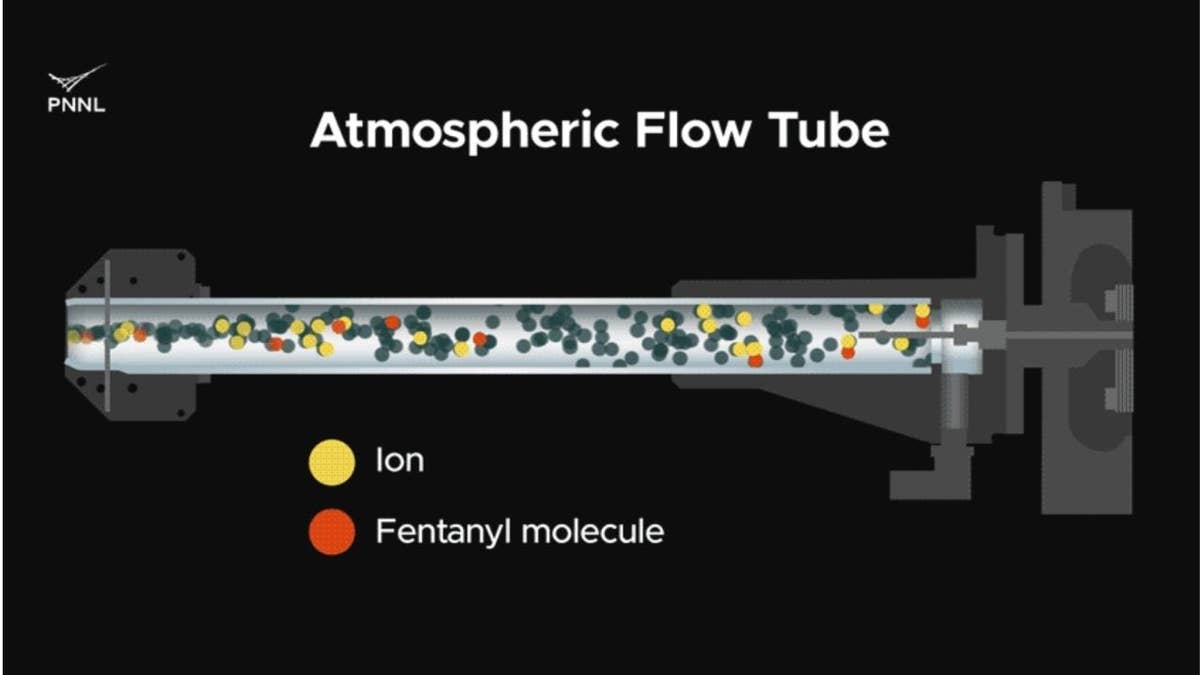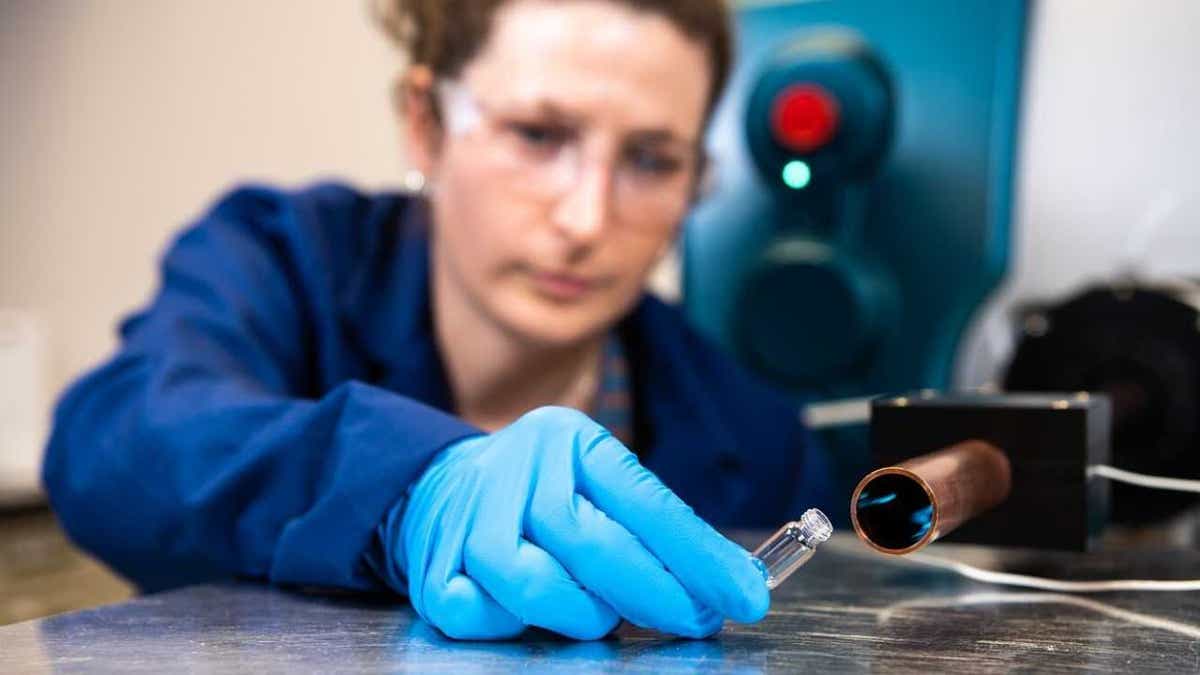
NEWYou can now listen to Fox News articles!
Border Patrol is about to get a powerful new ally, and it doesn’t bark. A microwave-sized device called VaporID could soon replace drug-sniffing dogs at U.S. border crossings. Built to detect fentanyl, cocaine, methamphetamine, MDMA, ketamine, and even explosives, the tech is showing accuracy and speed that trained dogs simply can’t match.
Sign up for my FREE CyberGuy Report
Get my best tech tips, urgent security alerts, and exclusive deals delivered straight to your inbox. Plus, you’ll get instant access to my Ultimate Scam Survival Guide – free when you join my CYBERGUY.COM/NEWSLETTER.

Photo showing fentanyl pills seized at the U.S. border. (Elizabeth Denis/Pacific Northwest National Laboratory)
How VaporID detects drugs faster than swab tests
This portable air scanner, created at the Department of Energy’s Pacific Northwest National Laboratory (PNNL), is being brought to market by California-based instrument maker BaySpec. The device works by pulling in air and identifying molecules in real time using a miniature mass spectrometer.
Unlike traditional swab tests that take five to thirty minutes, VaporID detects fentanyl in seconds, even at levels as low as six parts per trillion. That’s like spotting a single pine needle in an entire forest.
Why drug dogs may soon be outmatched by VaporID
For decades, trained canines have been the gold standard at ports of entry. But dogs have limits; they tire, need handlers, and can’t be reprogrammed with software updates. VaporID, on the other hand, never needs a nap. It can detect not only known drugs but also fentanyl analogs, lab-made variants designed to skirt detection.
The system’s cutting-edge design includes an atmospheric flow tube that allows tiny drug molecules more time to interact with charged ions. That chemical dance dramatically boosts sensitivity, making it possible to detect even the most elusive threats.
During a real-world field trial at the Nogales, Arizona border crossing, the device detected trace amounts of several drugs, including fentanyl and cocaine, within seconds inside a Customs and Border Protection lab.

Illustration of the action within the atmospheric flow tube that is a key to the detection of trace levels of fentanyl. (Sara Levine/Pacific Northwest National Laboratory)
How VaporID works: Air, ions, and instant answers
VaporID weighs about 40 pounds and draws in ambient air like a miniature vacuum. Suspicious molecules are filtered, tagged with electrically charged ions, and passed into a tiny mass spectrometer. Only the relevant particles make it through. This process filters out background interfering vapors from things like perfumes or cleaning agents, giving border agents a clear, accurate, and immediate read on potentially dangerous substances.
What VaporID means for border security
If deployed widely, VaporID could revolutionize how U.S. Customs and Border Protection detects narcotics and explosives. Its fast, hands-free scanning would help agents screen vehicles, cargo, luggage, and even people, without relying solely on canine units or invasive sampling.
The device’s sensitivity also opens doors for use beyond borders. The Department of Homeland Security is already working with PNNL and BaySpec to adapt the technology for mail screening, airport baggage checks, and large-scale cargo inspections.
For materials like TNT (trinitrotoluene) and PETN (pentaerythritol tetranitrate), both powerful explosives that release very few molecules into the air, VaporID’s ultra-sensitive detection provides a level of protection that’s long been out of reach with current methods.

Chemist Elizabeth Denis uses the PNNL system to check a substance in the laboratory. (Andrea Starr/Pacific Northwest National Laboratory)
VaporID’s role in combating drug and explosive smuggling
The U.S. is facing a deadly influx of synthetic opioids. According to the CDC, over 80,000 Americans died from drug overdoses in 2024, including approximately 48,400 deaths linked to fentanyl and other synthetic opioids. Fast, contactless detection at ports of entry could help choke off the supply chain before these deadly substances ever hit the streets. And in an era of rising geopolitical tensions, having a portable scanner that can also detect explosives could be a critical layer in national defense.
Kurt’s key takeaways
Technology doesn’t just assist border agents anymore; it’s starting to outperform their most trusted tools. VaporID brings speed, precision, and reliability to a job where seconds count. While drug-sniffing dogs have served well, this portable air scanner may soon lead the front line in detecting threats. As agencies prepare to roll out the system, one thing is clear. The future of border security doesn’t bark. It beeps.
Would you feel safer knowing machines, not dogs, are guarding our borders? Or does this shift raise concerns about reliability and over reliance on tech? Let us know by writing us at Cyberguy.com/Contact.
Sign up for my FREE CyberGuy Report
Get my best tech tips, urgent security alerts, and exclusive deals delivered straight to your inbox. Plus, you’ll get instant access to my Ultimate Scam Survival Guide – free when you join my CYBERGUY.COM/NEWSLETTER.
Copyright 2025 CyberGuy.com. All rights reserved.
 Latest World Breaking News Online News Portal
Latest World Breaking News Online News Portal






